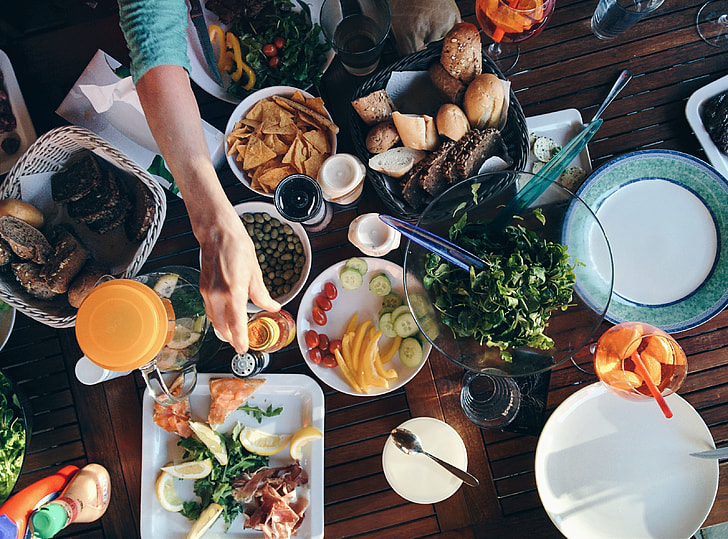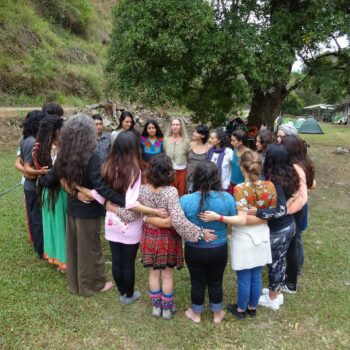By Dr. Maria Egervari – Manjeet Adi
Yesterday, I overheard a conversation between two young, fit people at the gym. One shared that her friend was going out with an overweight man. With palpable disgust in her voice, she stated that she would rather sit at home alone than ever touch a person like that. The repulsion in her facial expression was plain to see, and it made me reflect on the complex issues around using food for soothing pain, and the judgments and shame around these issues.
Using food to provide comfort is very common in the modern world. Commercials for carefully engineered food products, or rather, food-like substances, aim to deliver pleasure as an escape from our feelings. Designed primarily to satisfy the need for sensory pleasure, and to create and perpetuate cravings, the nutritional aspect is at best a secondary component.
The kind of attitudes I witnessed at the gym are widespread. So too are the opportunities to access food that leads to weight gain. These two stand in stark contrast to one another and present increasing challenges for those already struggling.
When food becomes the object of addiction it adds another layer to this already complicated landscape – the neurobiology of addiction. We cannot give up eating in the same way that we can give up alcohol or heroin. There are no road signs when one enters this particular territory of addictive behaviour; stemming from the unavoidable, life-sustaining need to nourish ourselves.
The amount of shame that accompanies being overweight or obese can be overwhelming. The self-judgment is harsh, and the self-punishment is severe. Shame disconnects those suffering with food addiction, often leading to severe isolation and avoidance around developing meaningful relationships. The result is further pain that then needs to be soothed — naturally — with food.

How do we break this vicious cycle?
We break this by exploring the root of the addictive behaviours and their adaptive function, bringing to the client’s awareness the idea that these are coping mechanisms resulting from unmet needs during childhood, or from having experienced physical, sexual, or psychological abuse. This is one of the CI stepping stones and utilising it can open the doors to self-compassion:
“Bring the client’s awareness to understanding their behaviour as a coping mechanism. Ask them what their behaviour or substance gives them, and if this is a normal human need. Help them to be compassionate towards themselves and move away from making themselves wrong.”
Gabor beautifully explains this in one of his videos:
“What happens is, for the essence to develop in us, the early environment has to mirror our joy, has to mirror our power, has to mirror our beauty, and has to mirror our vitality. When the environment can’t do that, we shut down those parts of ourselves because it’s too lonely; it’s too scary to be alone with them. We shut down all those areas within ourselves, so we lose the connection to our own essence, which is what’s happened to you. It’s happened to a lot of us.”
As Gabor says, “Ask why the pain, not why the addiction”. CI practitioners are invited to explore the early experiences and the beliefs that they lead to. Gabor helps us understand that we view the world through the lens of our beliefs (your mind creates the world), which is what brings about the need for coping mechanisms.
Then we invite compassion for the young child whose needs were not met and who found a way of coping with the pain.
May we all be open, curious, and compassionate each time we encounter someone who uses food to soothe their pain.



